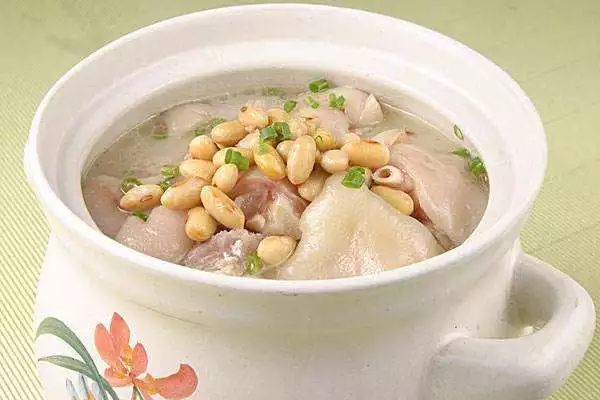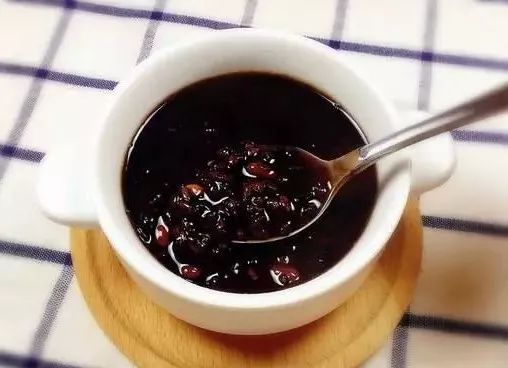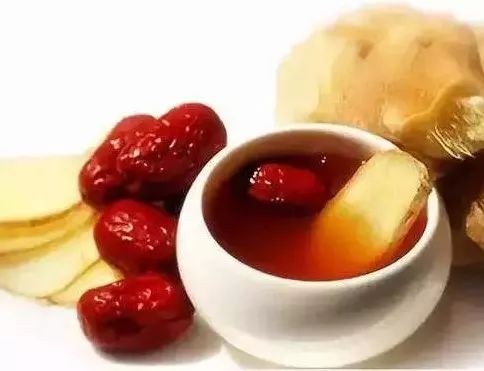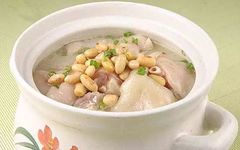In daily life, doctors often diagnose conditions such as blood deficiency, blood stasis, blood cold, and blood heat. What are the differences among these conditions, and which one might you or your family be experiencing? After confirming symptoms and constitution with a healthcare provider, what else can you do besides regular treatment? In this article, we will explore each condition in detail.
1. Blood Deficiency
(1) What is Blood Deficiency?
Blood deficiency refers to a state where the blood is insufficient, leading to a lack of nourishment to the organs, meridians, and body tissues. All skin and tissue in the body require blood for nourishment and fullness. When there is a deficiency of blood that cannot adequately moisten and nourish the tissues, it results in blood deficiency.
(2) Symptoms of Blood Deficiency
Individuals with blood deficiency often have a poor complexion, appearing pale and sallow, with skin lacking color. Their lips, tongue, and nails may also appear pale. Symptoms can include dizziness, palpitations, vivid dreams, and in severe cases, dizziness, numbness in the hands and feet, and even night blindness. Women may experience scanty menstrual flow, pale color, or even amenorrhea. Some patients may also experience significant hair loss in a short period.
(3) Causes of Blood Deficiency
Common causes include dietary imbalance, excessive labor, emotional distress, and significant blood loss. Long-term illness or extreme physical weakness can also lead to blood deficiency.
(4) Dietary Therapy for Blood Deficiency
The key to nourishing blood is to strengthen the spleen. Traditional Chinese Medicine (TCM) holds that the spleen and stomach are the source of blood production. With a balanced diet and normal spleen and stomach function, blood can be continuously generated. Therefore, to nourish blood, one must first strengthen the spleen and stomach. For those diagnosed with blood deficiency, in addition to the prescribed medications, you might consider:
Stewed Soybeans with Pig Liver: TCM believes that soybeans are sweet and neutral, helping to strengthen the spleen, eliminate dampness, and nourish blood. Pig liver is known to nourish the liver, improve vision, and enrich blood, making it suitable for those with blood deficiency and anemia. The combination is highly effective.
Prepare 100 grams each of soybeans and pig liver. First, cook the soybeans until they are about 80% done, then add the pig liver and continue to cook until fully cooked. Consume twice daily for three weeks for optimal results.

2. Blood Stasis
(1) What is Blood Stasis?
Blood stasis refers to a pathological state where blood circulation is slow and obstructed, leading to stagnation of qi and blood.
(2) Symptoms of Blood Stasis
Individuals with blood stasis often have a dark complexion, deep purple lips, and localized pain in the body. In severe cases, the pain can feel like being cut with a knife, and it may worsen at night. Surface masses may appear dark purple, while internal masses may be hard and immobile upon palpation. There may be recurrent bleeding with dark purple blood or black stools. Women may commonly experience amenorrhea.
(3) Causes of Blood Stasis
Blood stasis occurs when blood circulation is obstructed. Blood should flow freely, but various pathogenic factors can lead to blood accumulation or leakage outside the vessels, resulting in blood stasis.
(4) Dietary Therapy for Blood Stasis
For those with a constitution of qi stagnation and blood stasis, it is advisable to choose foods that promote qi movement and invigorate blood circulation, while minimizing salt and monosodium glutamate to avoid increasing blood viscosity and worsening stasis. Those diagnosed with blood stasis need not worry; in addition to following medical advice, you can also choose:
Black Bean Porridge: Black beans are sweet and neutral, helping to dispel wind and heat, regulate the middle and lower qi, detoxify, promote diuresis, and nourish the kidneys and blood. Japonica rice nourishes yin, generates fluids, alleviates thirst, strengthens the spleen and stomach, and consolidates the intestines. Together, with some brown sugar added, they make a beneficial porridge for those with blood stasis.
Prepare 50 grams of black beans and 100 grams of japonica rice, along with an appropriate amount of brown sugar. Wash the black beans and soak them until soft, then add the japonica rice and water to cook the porridge, adding brown sugar before serving.

3. Blood Cold
(1) What is Blood Cold?
Blood cold refers to a condition where cold pathogens invade the blood, causing stagnation of qi and obstructed blood flow.
(2) Symptoms of Blood Cold
Individuals with blood cold often feel cold and prefer warmth. They tend to crave hot foods, have cold hands and feet, and may experience purple skin. Abdominal pain may occur, which alleviates with warmth. Women may experience delayed menstruation with dark purple blood and clots.
(3) Causes of Blood Cold
Blood cold is caused by exposure to cold pathogens, insufficient qi and blood, prolonged exposure to cold, or excessive consumption of cold foods, especially during menstruation.
(4) Dietary Therapy for Blood Cold
Individuals with blood cold should consume more warming foods and avoid cold foods. Those diagnosed with blood cold need not panic; under medical guidance, they can also incorporate:
Ginger and Red Date Tea: Ginger is spicy and can invigorate blood and dispel cold. Red dates can tonify qi, nourish blood, and calm the mind. Together, they make a tea that warms the middle, disperses cold, alleviates nausea, restores yang, opens the meridians, nourishes blood, and strengthens the vital energy.
Use 150 grams of ginger and 5-6 red dates. Clean and slice the ginger, then boil it with the red dates in about 500ml of water for 10 to 15 minutes. Before serving, add an appropriate amount of brown sugar, and try to consume it in the morning.

4. Blood Heat
(1) What is Blood Heat?
Blood heat refers to an abnormal condition where external heat pathogens invade the blood, causing accelerated blood flow.
(2) Symptoms of Blood Heat
Individuals with blood heat often have red, oily skin and are prone to acne. They may exhibit irritability, mood swings, and have hot hands and feet. Symptoms may include bleeding, such as nosebleeds, gum bleeding, hematuria, and coughing up blood. Some patients may also suffer from psoriasis.
(3) Causes of Blood Heat
TCM suggests that excessive yang energy, high heat, and overheating of the blood can lead to rapid blood flow and increased pulse rate. Factors such as irritability, poor emotional health, or excessive consumption of seafood and spicy foods can contribute to blood heat.
(4) Dietary Therapy for Blood Heat
Individuals with blood heat should consume more cooling and moistening foods while avoiding warming and drying foods. Those diagnosed with blood heat need not be anxious; following medical advice and taking prescribed medications is essential, and they can also consider:
Chrysanthemum Tea: Chrysanthemum is sweet and bitter, and has a cooling nature. It can disperse wind, clear heat, nourish the liver, and detoxify. It is effective for acne, throat inflammation, wind-heat invasion, headaches, and oral ulcers caused by excessive dryness and heat.

Copyright Notice: This content and images are compiled from the internet and are for non-commercial use. If there is any infringement, please contact the editor for removal. Please indicate the source when reprinting.
Reminder: The above content is for reference only and may not be suitable for everyone. It is recommended to adjust under the guidance of a physician.
Acupoint Inquiry

